Hyatt House Tokyo Shibuya, Designed by GARDE, Wins Four Design Awards
(Photo right: Ms. Yano, General Manager of Hyatt House Tokyo Shibuya; Photo left: Mr. Muro, President & CEO of GARDE)
The hotel Hyatt House Tokyo Shibuya, for which GARDE was responsible for the interior design in 2024, has received four international design awards.
This article provides an overview of the facility’s design and the awards it has won.
Design Overview
Hyatt House Tokyo Shibuya is part of the Hyatt Hotels & Resorts brand, based on the concept of “residential-style comfort.” Located within Shibuya Sakura Stage, a large-scale redevelopment project in central Shibuya, the property offers 125 guest rooms, including 18 suites.
Shibuya is a district where visitors can enjoy the latest trends and culture, while also experiencing the charm of adjacent upscale residential areas and nostalgic alleys that retain the atmosphere of old Tokyo. Reflecting this “duality” that defines Diverse Shibuya, the interior design was conceived to embody and express this contrast, allowing guests to truly experience both sides of the city.
Artworks That Bring the Space to Life
To showcase the unique appeal of Shibuya, artworks extending from the 3rd-floor entrance to the guest rooms were created around the theme of “duality,” in line with the overall interior design concept.
Nineteen works by eight artists, expressing the essence, diversity, and contrasts of Shibuya, enliven the hotel’s shared spaces.
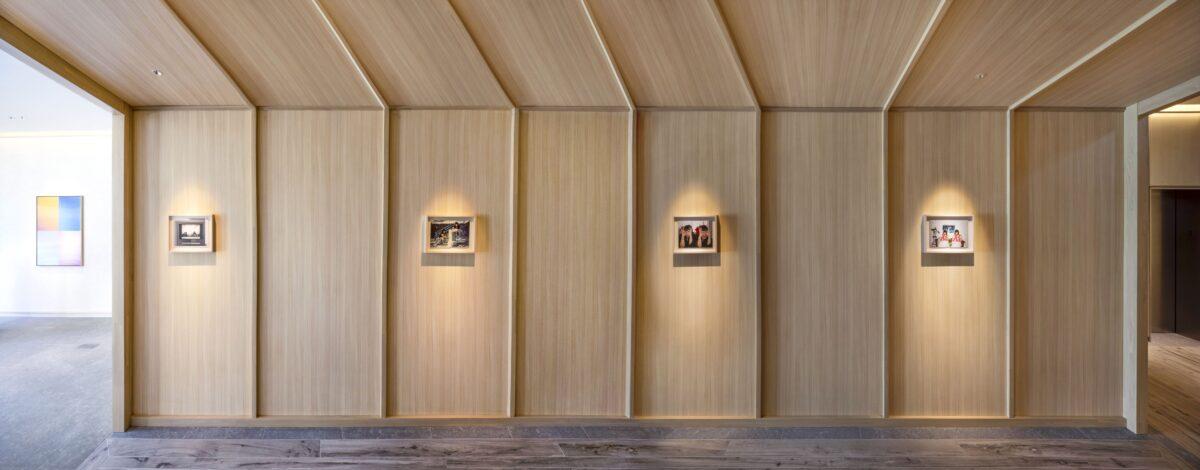
Details of the Facility’s Artworks
> Explore the Art of Hyatt House Tokyo Shibuya in the Diverse City SHIBUYA
Awards Received
IDA Design Awards 2024

About the Awards
Established by the Farmani Group, the awards recognize, celebrate, and promote excellence and innovation in architecture, interior, product, graphic, and fashion design, while also discovering new talent worldwide.
All entries are evaluated according to the same criteria by industry experts with at least 15 years of professional experience.
Award Details
Title: Silver
Category: Hospitality Interior Design – Hotels / Resorts
MUSE Design Awards 2025
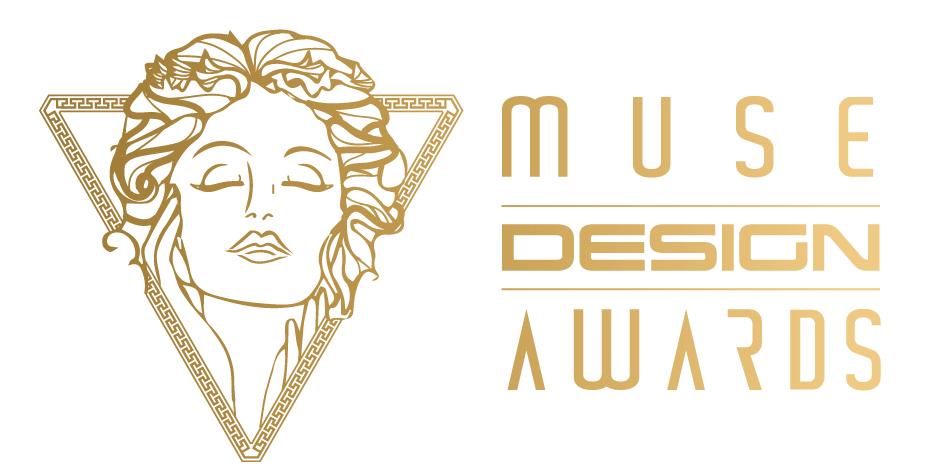
About the Awards
The MUSE Design Awards, established in 2015, honor creative and design professionals and are judged by a panel of about 40 jurors from around the world.
The organizer, International Awards Associate (IAA), is deeply committed to advancing the industry by discovering and recognizing both emerging and established talent.
Award Details
Title: Gold Winner
Category: Interior Design – Hotels & Resorts
The IPAX Asia Pacific Property Awards 2025-2026
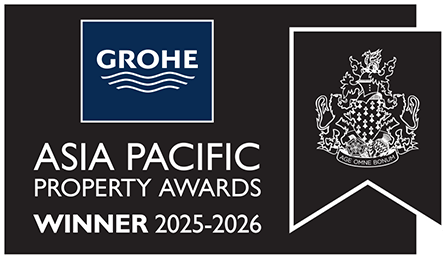
About the Awards
The International Property Awards were established to recognize the highest levels of achievement by companies operating in all sectors of the property and real estate industry.
Divided into nine regions—including the United Kingdom, Asia Pacific, Africa, and Europe—the awards are judged by a highly experienced panel of experts covering every aspect of the property sector.
Award Details:
Title: Winner
Category: Hotel Interior
DNA Paris Design Awards 2025
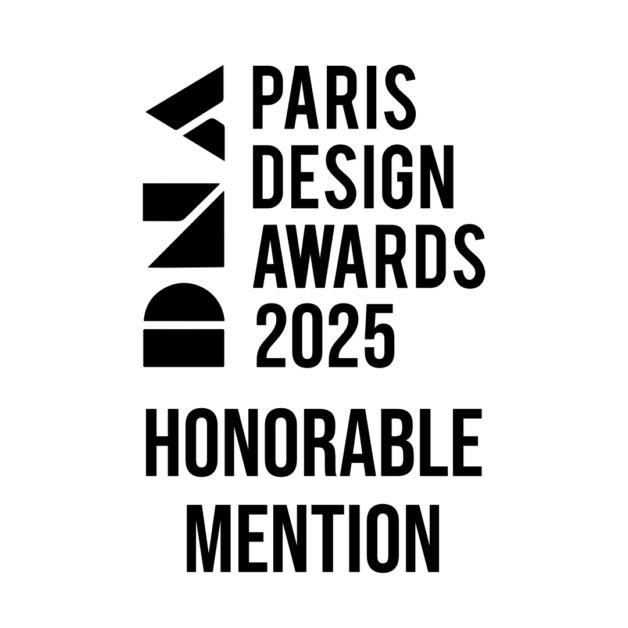
About the Awards
Established in Paris by the Farmani Group—an organization that supports design talent worldwide through various initiatives and awards—and the creative collective InBetween, this award honors the work of international architects and designers who enhance everyday life through practical, beautiful, and innovative design.
Award Details
Title: Honorable Mention
Category: Interior Design – Hospitality
The latest award information is shared through the GARDE Newsletter. In addition, the newsletter features a wide range of content, including introductions to completed projects by GARDE, global trend insights, and topics on design and art.
Hyatt House Tokyo Shibuya – Facility Overview
Name: Hyatt House Tokyo Shibuya
Location: 3-3 Sakuragaoka-cho, Shibuya-ku, Tokyo
Floors: 30 above ground (1–3F, 6–16F)
Guest Rooms: 125
Developer: Tokyu Land Corporation
Architectural Design: Toda Corporation
Interior Design: GARDE Co., Ltd.
Lighting Design: Lightmoment Inc.
About Hyatt House
Hyatt House hotels are designed for guests seeking spacious residential-style accommodations with everything needed for both short and long stays. With more than 140 locations worldwide, Hyatt House offers home-like amenities, thoughtful services, and contemporary spaces. Creative menus are served in the bar area, while comfortable indoor and outdoor shared spaces are provided for working, connecting, or simply relaxing.
Hyatt House:
https://www.hyatt.com/ja-JP/brands/hyatt-house
Hyatt House Tokyo Shibuya:
https://www.hyatthousetokyoshibuya.jp/

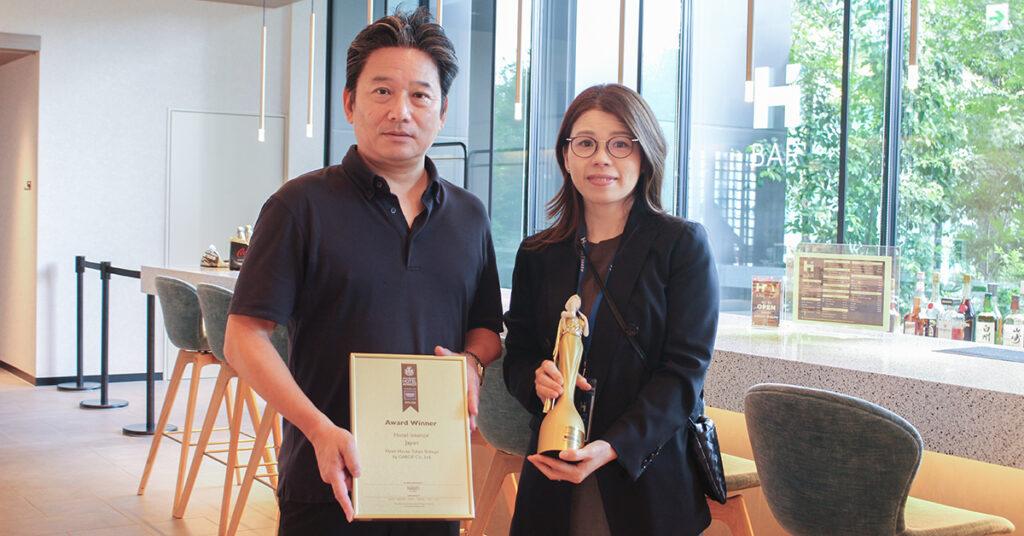
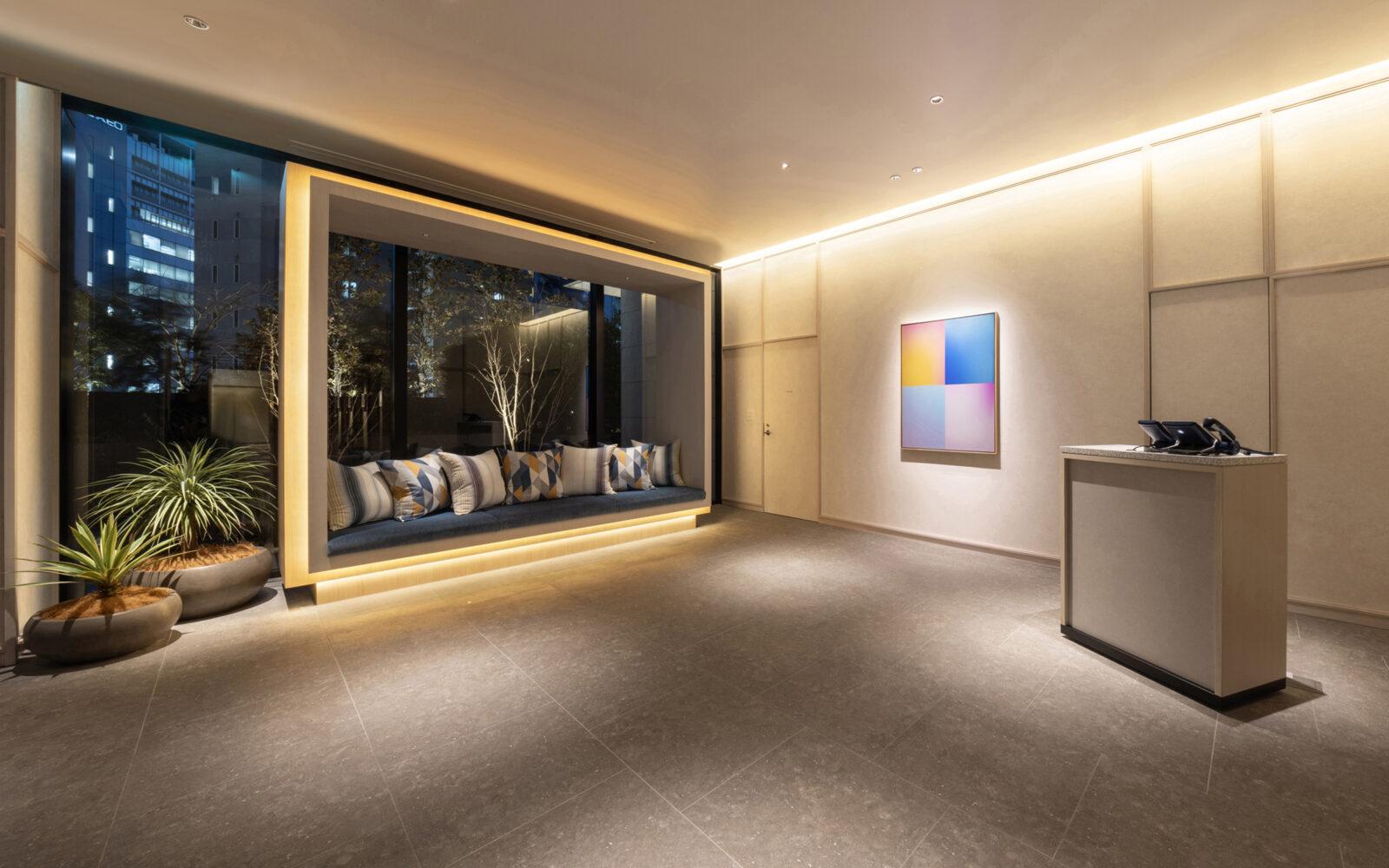
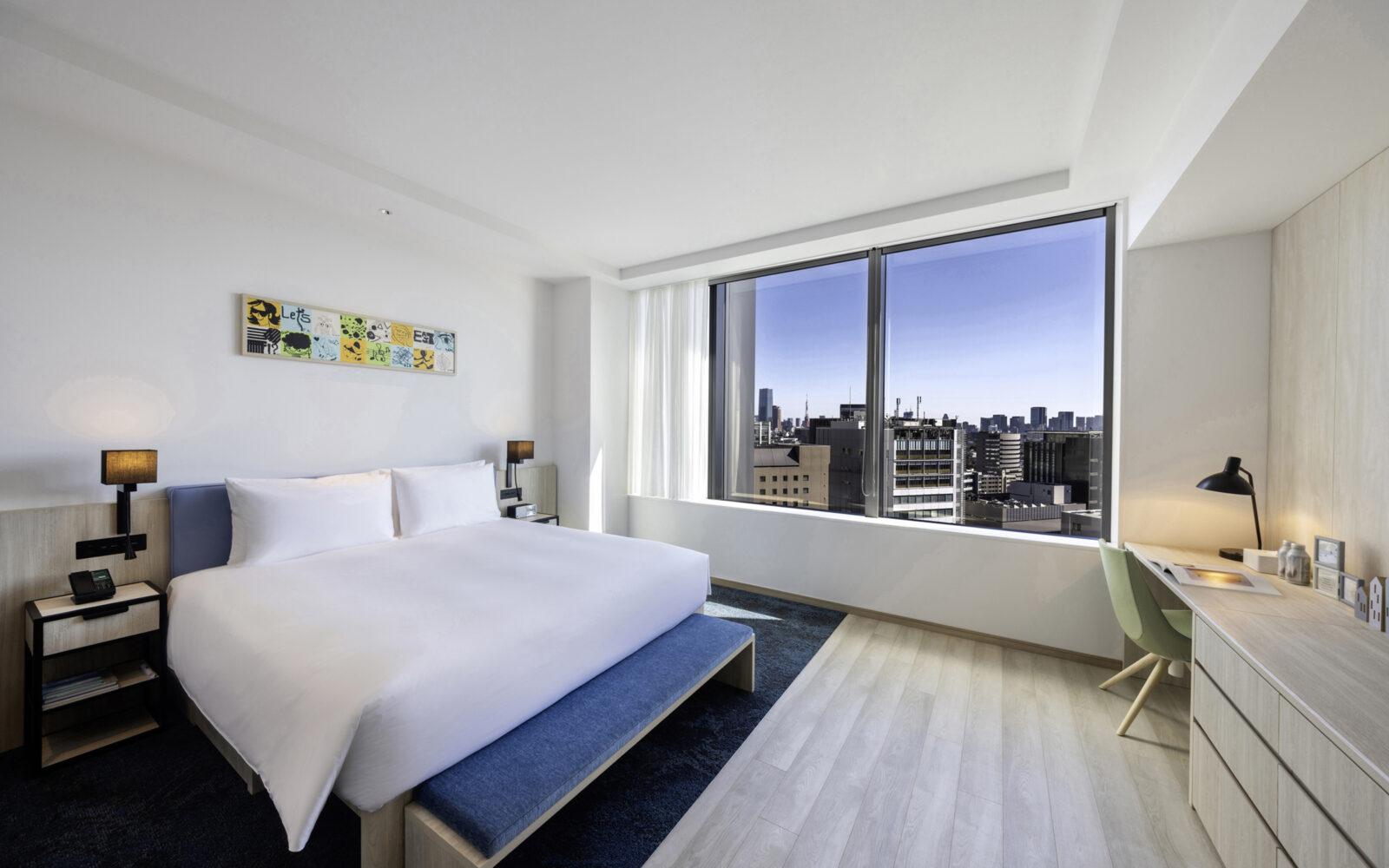
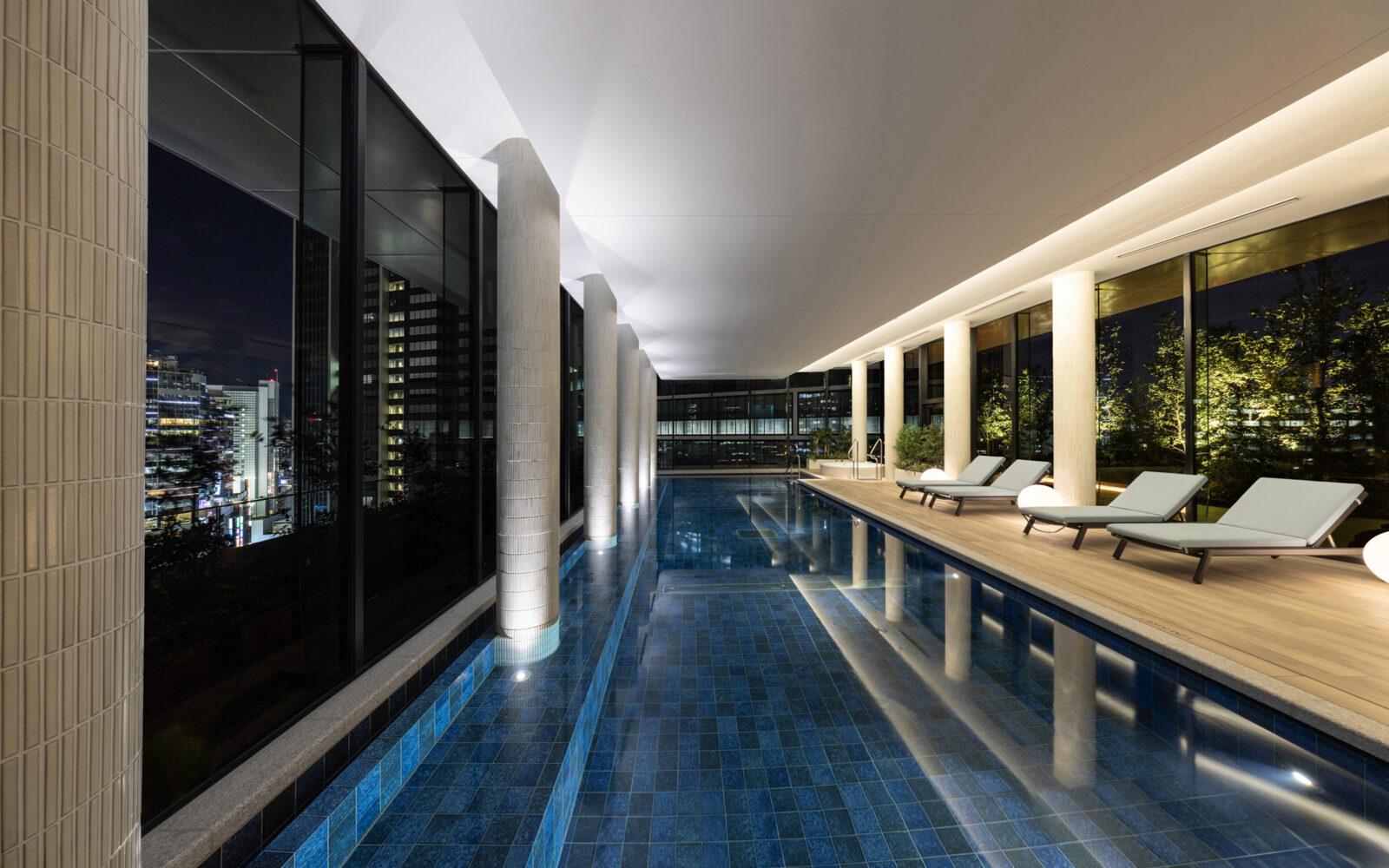
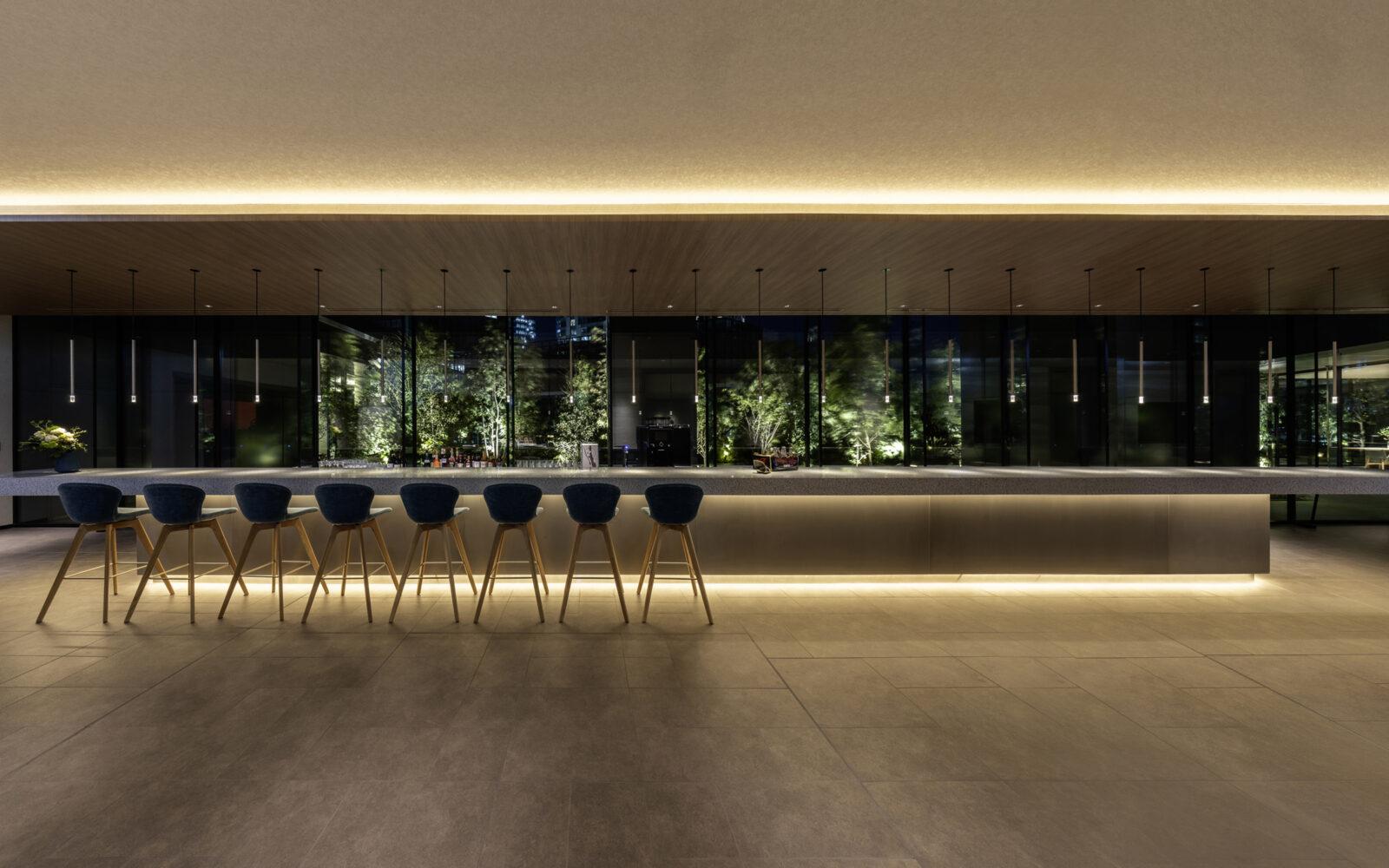
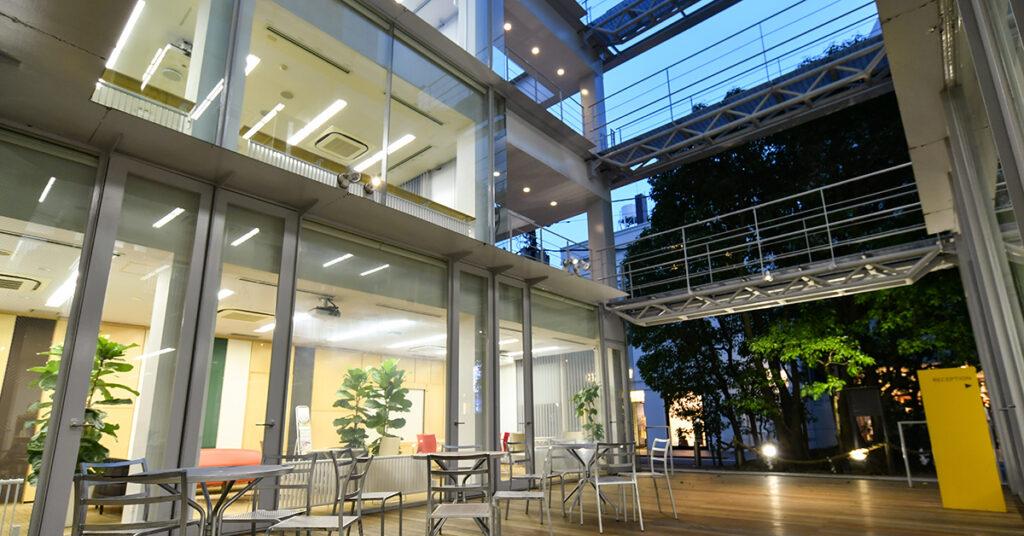
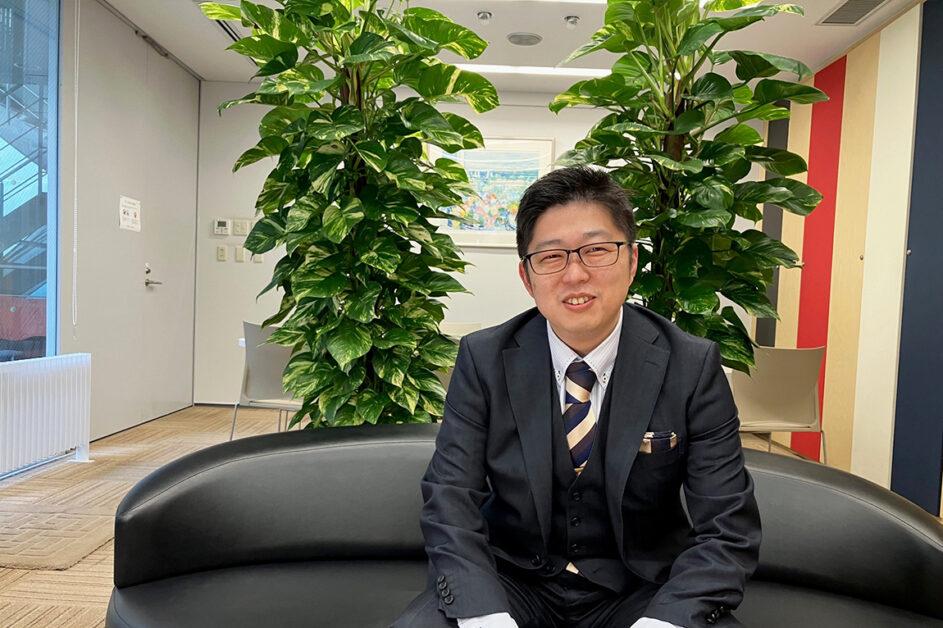 Professor Ryuji Kawayama, Provost and Dean of the Graduate School of Practical Education, Graduate School of Social Design Studies
Professor Ryuji Kawayama, Provost and Dean of the Graduate School of Practical Education, Graduate School of Social Design Studies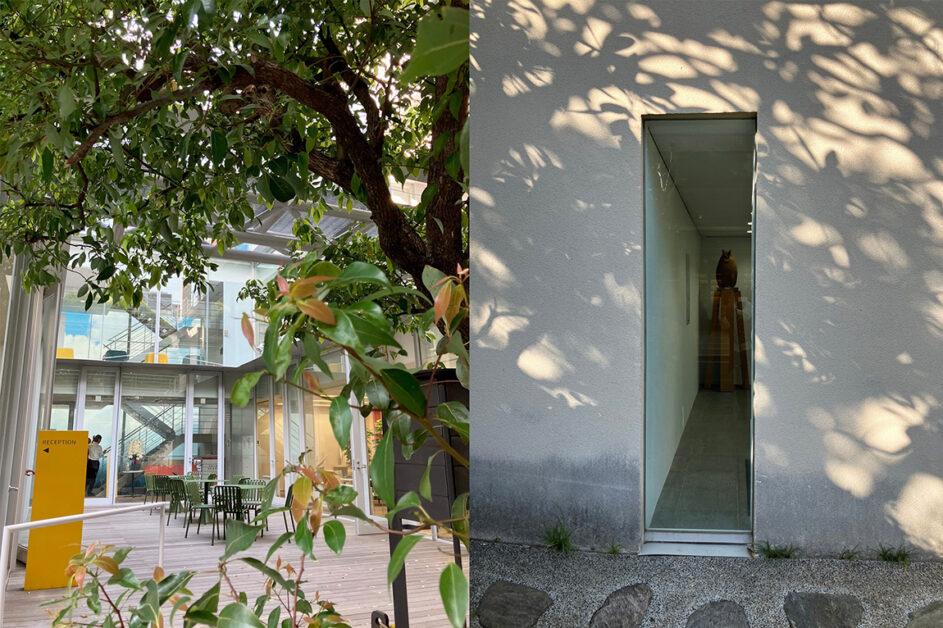 A distinctive aesthetic that combines a minimalist exterior structure based on straight lines with a variety of organic elements.
A distinctive aesthetic that combines a minimalist exterior structure based on straight lines with a variety of organic elements.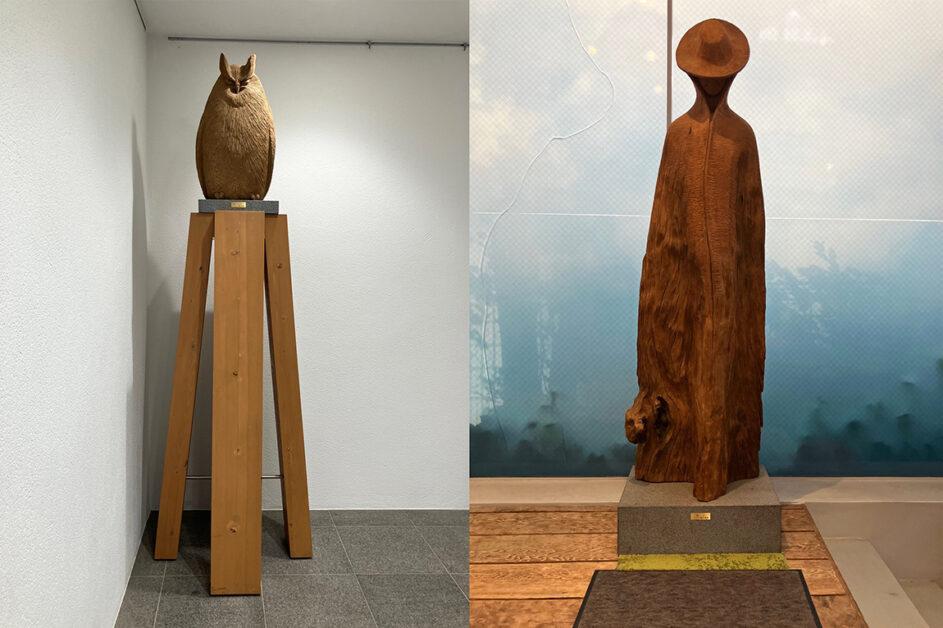 Artworks are displayed in the common areas, creating an atmosphere reminiscent of a contemporary art gallery.
Artworks are displayed in the common areas, creating an atmosphere reminiscent of a contemporary art gallery.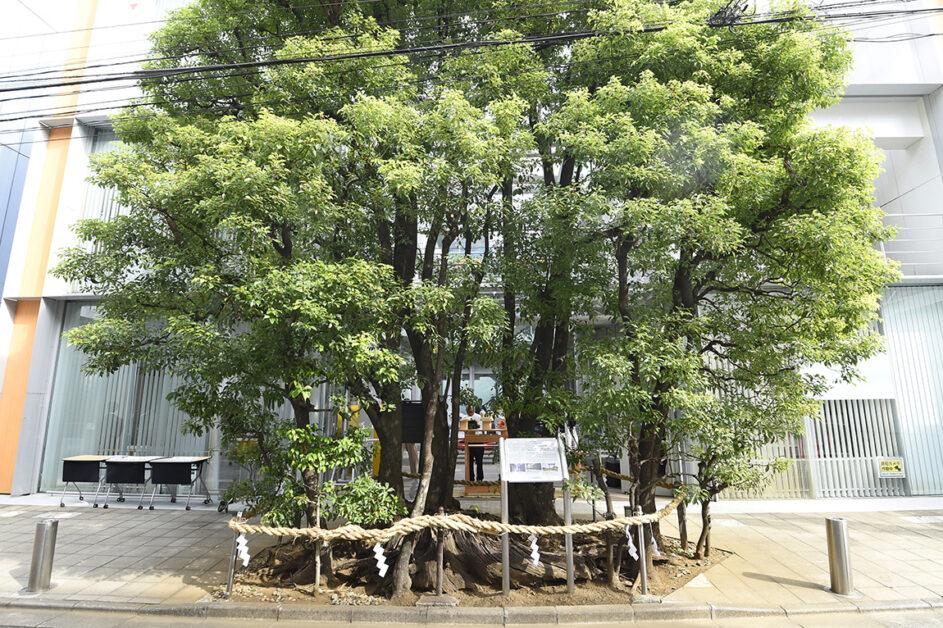 A Campus Designed to Embrace the Symbolic Sacred Tree
A Campus Designed to Embrace the Symbolic Sacred Tree

